Watch the Dub-Stuy system in action at Dia:Beacon
In May 2017, Dub-Stuy provided the sound for a multipart program developed by choreographers François Chaignaud and Cecilia Bengolea at Dia:Beacon, the famed New York state art institution. The Dub-Stuy sound system was one of the characters in Dub Love, a piece that brings together dancing – from religious Caribbean traditions to ballet – and Jamaican music in unique ways.
You can view an excerpt from the Dub Love performances in the video above while below you can read some words from François about the origins of Dub Love and the idea to blend sound system and dance cultures in a more traditional art environment.
Could you please explain the genesis of the Dub Love ensemble work?
The piece was created in Paris in 2013. It was first initiated by Cecilia and then she was joined by dancer, Ana Pi, and myself. Cecilia and Ana then met Jideh High Elements, who provides the music which is in turn dubbed by Mat DT Sounds.
Why choose to have a soundsystem be a part of the piece? Why was that an important element?
There was no other way to play this music! Its physical presence is very important. A visual presence as strong as its acoustic power. It feels like a character — a person, always different in every city. We love the difference of sounds, of appearance, of aesthetic, and of vibes of each sound system.
What is the intersection between sound system culture, especially its music, and choreography and how do you try and articulate it in this particular piece?
The real-time deconstruction of a pre-existent musical architecture is very inspiring as it redefines all preconceptions of improvisation versus choreography. We do dub a lot of moves and sequences in the show and the music has been influential in this process. The very strong articulation between roots and elevation present in the music has also been a strong reference to the movement dialogue, especially in the use of pointed shoes.
Candomble, dancehall, and ballet are mentioned as reference points for the choreography of Dub Love. How do you combine these different dancing aesthetics?
The space and the epic expression in the music of High Elements allowed us to dub and mix those different forms of expressions and create our own. Elements you mention are never literally quoted but work as common inspirations to have a dialogue with.
What, if any, have you taken from Dub Love and brought into your practice and perhaps also other works?
I love that Dub Love shows the very coexistence of abstraction and spirituality, of effort and humor, of idiosyncratic expression and massive cultural references.
